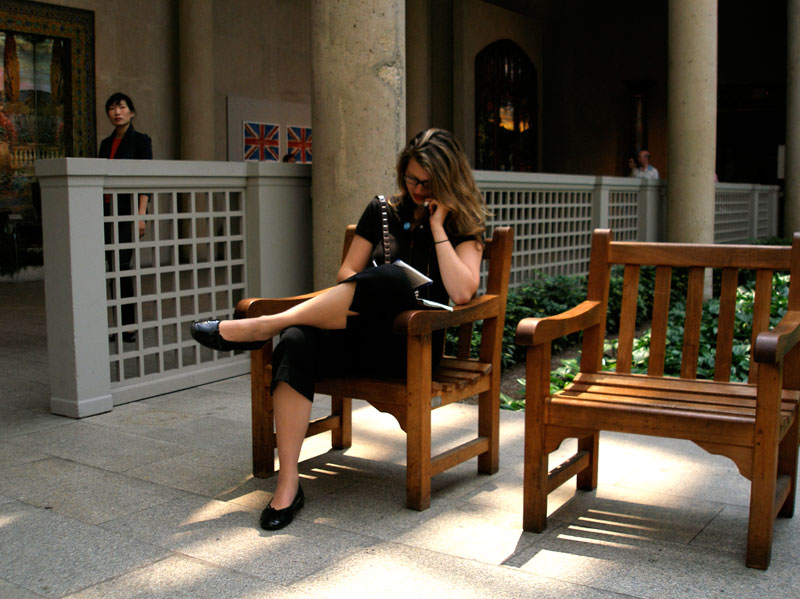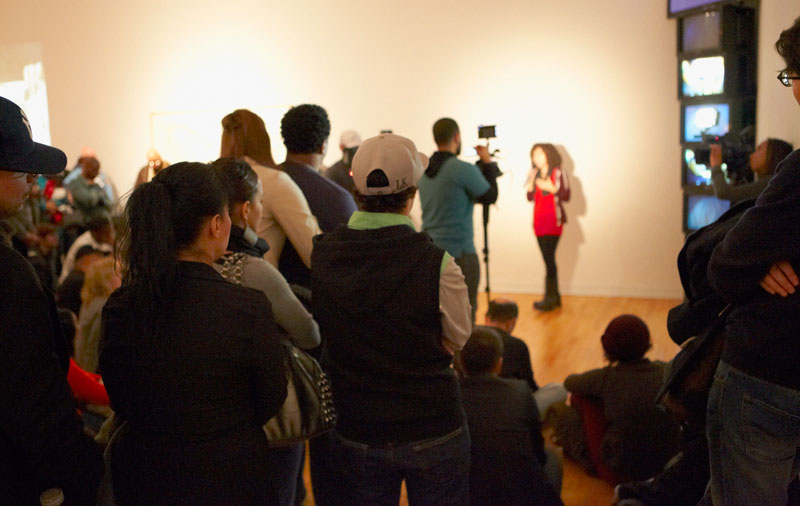Useful consumer insight can be gained by museums (and everyone) when looking closely at the family life cycle. To start this off, we’ll look at life before family—single adults.
Do you remember when you could do whatever you wanted, when you were able to focus on satisfying your own needs, and appease your own curiosity at your own pace?
Singles, age 18-35, are a very large and growing population, particularly in metropolitan areas, even relatively small ones.* This makes them a very desirable consumer target. They are also important because the habits formed during this period of one’s life are tenacious and strong.
Think smoking.
This habit—abetted by nicotine—often persists throughout a smoker’s life, but almost no one picks up smoking after getting married. More than 80% of smokers actually begin smoking before 18 years of age.* Perhaps smoking is an extreme example, but the process is analogous to any number of lifelong habits. Consumer habits acquired in youth tend to persist as long as conditions allow. They can even be encouraged to resurface later in life, even after a long hiatus. This is one reason why marketers are so keen to spend lots of money on the 18- to 24 year-old demographic. The principle is get them then, and they are yours for life.
What if museum-going could be locked down for singles as a hard-to-break lifelong consumer habit like smoking?
What if museum-going could be locked down for singles as a hard-to-break lifelong consumer habit like smoking? It’s certainly worth thinking about.
“Hi. I’m James Heaton, and I’m an addict.” I can trace my addiction to trips I made to Washington DC in my late teens. What was it about these early museum visits that made me an addict? Was it quiet glimpses into past worlds, whispering quietly their sequestered knowledge in an unknown tongue, magnificent sanctioned spaces, or frequent shards of tantalizing beauty? It was magical, but also lonely, and this hints at an insight. It was also about girls.
Pretty girls often wandered unaccompanied in museums. The environment occasionally offered opportunities for conversation on topics that were not patently stupid. Lateral social interaction is a basic need for nearly all singles, and museums offer an interesting alternative to more typical venues where most of the swimming is done in the shallow end. Ehow.com even offers step-by-step instructions on How to Go on a Museum Date.
If you want singles, you can get them.
We had a client who actually got so good at attracting singles to their museum events that they had to strip some of the key attractions in order to tamp down the numbers. A nice problem to have, but the point remains: If you want singles, you can get them. It’s just a matter of understanding and attending to their needs.
Singles have lots of options, and yes, the competition is certainly vying for their dollars and time, but if their needs are being well serviced, they are at liberty to drink deeply of what you have to offer. You must, though, make it easy for them. Booze helps.
You may not really be ready to go there, but the path to singles traffic is very likely splashed with it. Why? Because it inspires social interaction, which is ultimately what this group craves most. Am I advocating serving beer at regular exhibits? Not necessarily, but I am saying that if you want ANY group, you have to look closely at their REAL motivations and behaviors, and see how far you are willing to go to meet them there.
As a museum, you are in the business of engaging, enlightening, and inspiring your audience. You are NOT in the business of changing behavior.
As a museum, you are in the business of engaging, enlightening, and inspiring your audience. You are NOT in the business of changing behavior. From a marketing perspective, trying to change behavior is a very steep and expensive uphill climb that can be avoided almost entirely by closely observing and understanding the existing behaviors of those you want to attract. So if you want singles, you must find ways to meet them where they are, and they ARE interested most of all in NOT being single any more (or at least not alone). They are interested in entering the family life cycle, and if not that, at least finding a companion to talk with.
Consumer insight
Basic factors to consider when targeting this group:
Singles are selfish—their needs come first. (Read Millennials and Museums: Oil and Water?) Singles are social—they need to be supplied with appropriate social opportunities. Singles are searching—for love, for knowledge, maybe even for beauty and meaning.
Learn what they want and what they need.
You will find them in art museums, at concerts, and engaged in all manners of entertainment. Learn what they want and what they need. Don’t assume. Ask. Observe. Consumer insight does not come from you, it comes from them. Research and experimentation in the service of this understanding will pay off. Be aware, however, that even after you get them, you may then lose most of them when their needs change (after having kids)–but once an addict always an addict. Positive memories of museums in the mix of recollections about one’s halcyon days of youth and freedom are potent factors with deep emotional resonance.
The habit of visiting museums, once established, can be called back into service by you at another stage of their lives. If you hook them now while the flesh is still soft and yielding, the pleasant memory of those hooks will remain for a lifetime, not necessarily always active, but like a sleeper code, that can be activated once the conditions are once again just right.
Does your museum need an affordable way to improve its brand today?
Because we know that not everyone needs or can afford our full process, we created a guided tutorial package for our foundational brand strategy tool: the Brand Pyramid. Watch the video for a preview.
For more information on this brand strategy tutorial, visit here where you will find a fuller explanation and link to a free download of the first video.
Photos by James Heaton and Tom Rauner





Ask for help.
We are kind, thorough and ready when you are. You just need to ask.